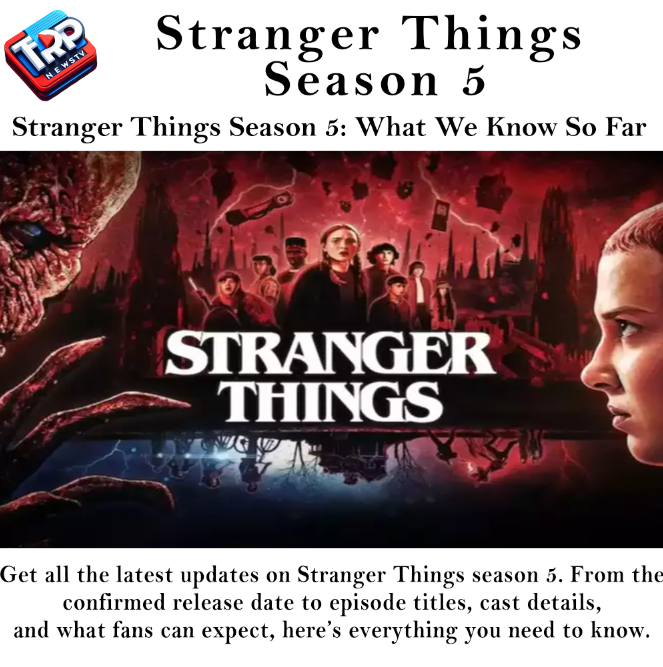Dhruv RatheeDhruv Rathee Drops Truth Bomb ?
Dhruv Rathee, a popular Indian YouTuber known for his socio-political commentary, has sparked a firestorm with his latest video titled “Dara Hua Dictator? (Dictatorship Confirmed?)”. Uploaded just days before the crucial 2024 Lok Sabha elections, the video has garnered millions of views and ignited heated discussions online and offline.
Dhruv Rathee central argument revolves around the recent arrest of Delhi Chief Minister Arvind Kejriwal and the freezing of Congress’s bank accounts by the government. He alleges these actions by the ruling Bharatiya Janata Party (BJP) are politically motivated attempts to silence dissent and weaken the opposition.
The video delves into specific instances, presenting them as evidence of a growing trend towards authoritarianism. Rathee highlights the use of government agencies like the Enforcement Directorate (ED) to target political opponents without due process. He questions the lack of transparency surrounding these actions and expresses concern about the erosion of democratic principles.
Dhruv Rathee video has struck a chord with many viewers, particularly those critical of the current government. They see it as a validation of their anxieties about the state of Indian democracy. Social media has been abuzz with reactions, with some praising Rathee for his courage and others criticizing him for sensationalizing the issue.
However, the video has also drawn criticism from BJP supporters and some media outlets. They accuse Rathee of bias and of spreading misinformation to influence the upcoming elections. They argue that the government’s actions against Kejriwal and Congress are based on legitimate reasons and not political vendetta.
The “Dara Hua Dictator” video has reignited a crucial debate about the health of Indian democracy. Here are some key aspects fueling the discussion:
Shrinking Space for Dissent:
- Dhruv Rathee video taps into a growing concern about the narrowing space for dissent in India. Critics point to incidents of crackdown on journalists, activists, and students who raise their voice against the government. They argue that these actions create a chilling effect, discouraging healthy criticism and debate.
Erosion of Institutional Checks and Balances:
- The functioning of independent institutions like the judiciary and the media is often seen as a safeguard against authoritarian tendencies. However, some critics allege that these institutions are increasingly coming under government pressure, undermining their ability to act as a check on executive power.
Polarization and Social Media:
- The rise of social media has created echo chambers where individuals are constantly exposed to information that confirms their existing biases. This can lead to increased polarization and make it harder to have constructive dialogue on critical issues.
The “Dara Hua Dictator” video is unlikely to be the final word in this ongoing debate. However, it has certainly forced a conversation about the future of Indian democracy. The upcoming elections will be a crucial test, with voters deciding whether they believe India is on the right track or needs a course correction.
FAQ on Dhruv Rathee “Dara Hua Dictator” Video
1. What is Dhruv Rathee video about?
Dhruv Rathee’s video, titled “Dara Hua Dictator? (Dictatorship Confirmed?)”, examines recent actions by the Indian government, particularly the arrest of Arvind Kejriwal and targeting of opposition parties, and argues they point towards a weakening of democracy.
2. What evidence does Rathee use to support his claims?
Dhruv Rathee highlights specific instances like the use of government agencies to target political opponents without due process and lack of transparency surrounding these actions.
3. How has the video been received?
The video has garnered significant views and sparked heated discussions. Supporters see it as a validation of concerns about democracy, while critics accuse Rathee of bias and sensationalizing the issue.
4. What are some key aspects of the debate the video has ignited?
- Shrinking space for dissent: Crackdowns on journalists, activists, and students critical of the government.
- Erosion of institutional checks and balances: Concerns about pressure on the judiciary and media.
- Polarization and social media: Echo chambers hindering constructive dialogue.
5. What are the implications of this debate?
The debate highlights anxieties about the health of Indian democracy. The upcoming elections will be crucial in determining the country’s direction.





